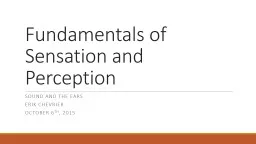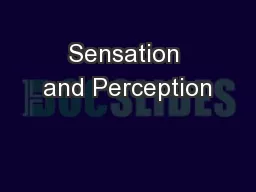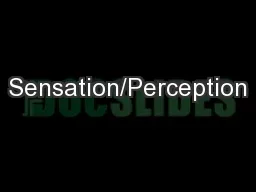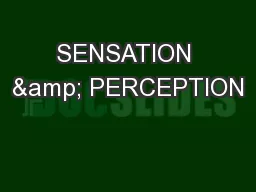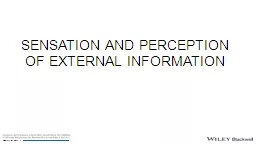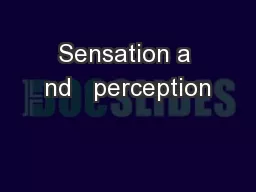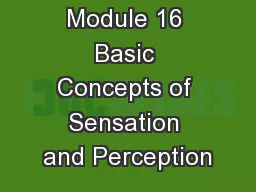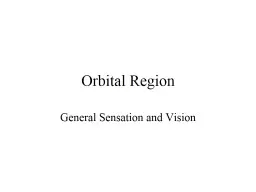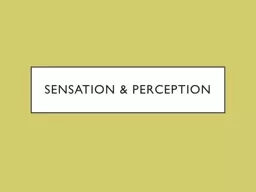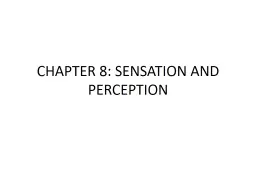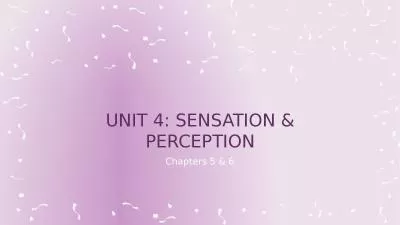PPT-Fundamentals of Sensation and Perception
Author : cheryl-pisano | Published Date : 2016-05-25
Sound and the ears Erik Chevrier October 6 th 2015 Videos The Four Ways Sound Affects Us The Mad Scientist of Music Orchestra in my Mouth Unlocking Music With Neuroscience
Presentation Embed Code
Download Presentation
Download Presentation The PPT/PDF document "Fundamentals of Sensation and Perception" is the property of its rightful owner. Permission is granted to download and print the materials on this website for personal, non-commercial use only, and to display it on your personal computer provided you do not modify the materials and that you retain all copyright notices contained in the materials. By downloading content from our website, you accept the terms of this agreement.
Fundamentals of Sensation and Perception: Transcript
Download Rules Of Document
"Fundamentals of Sensation and Perception"The content belongs to its owner. You may download and print it for personal use, without modification, and keep all copyright notices. By downloading, you agree to these terms.
Related Documents

